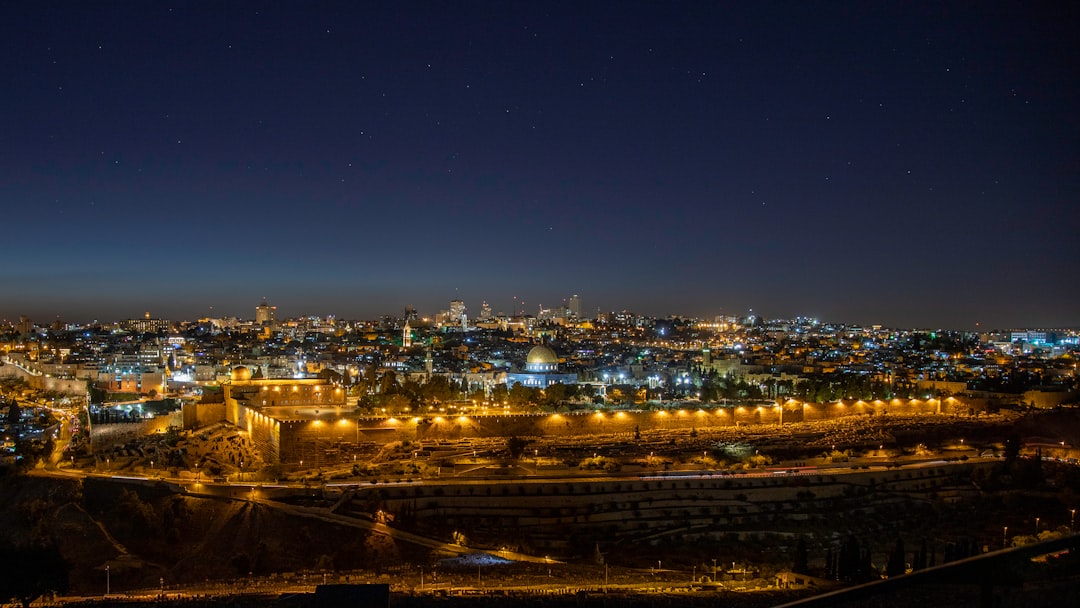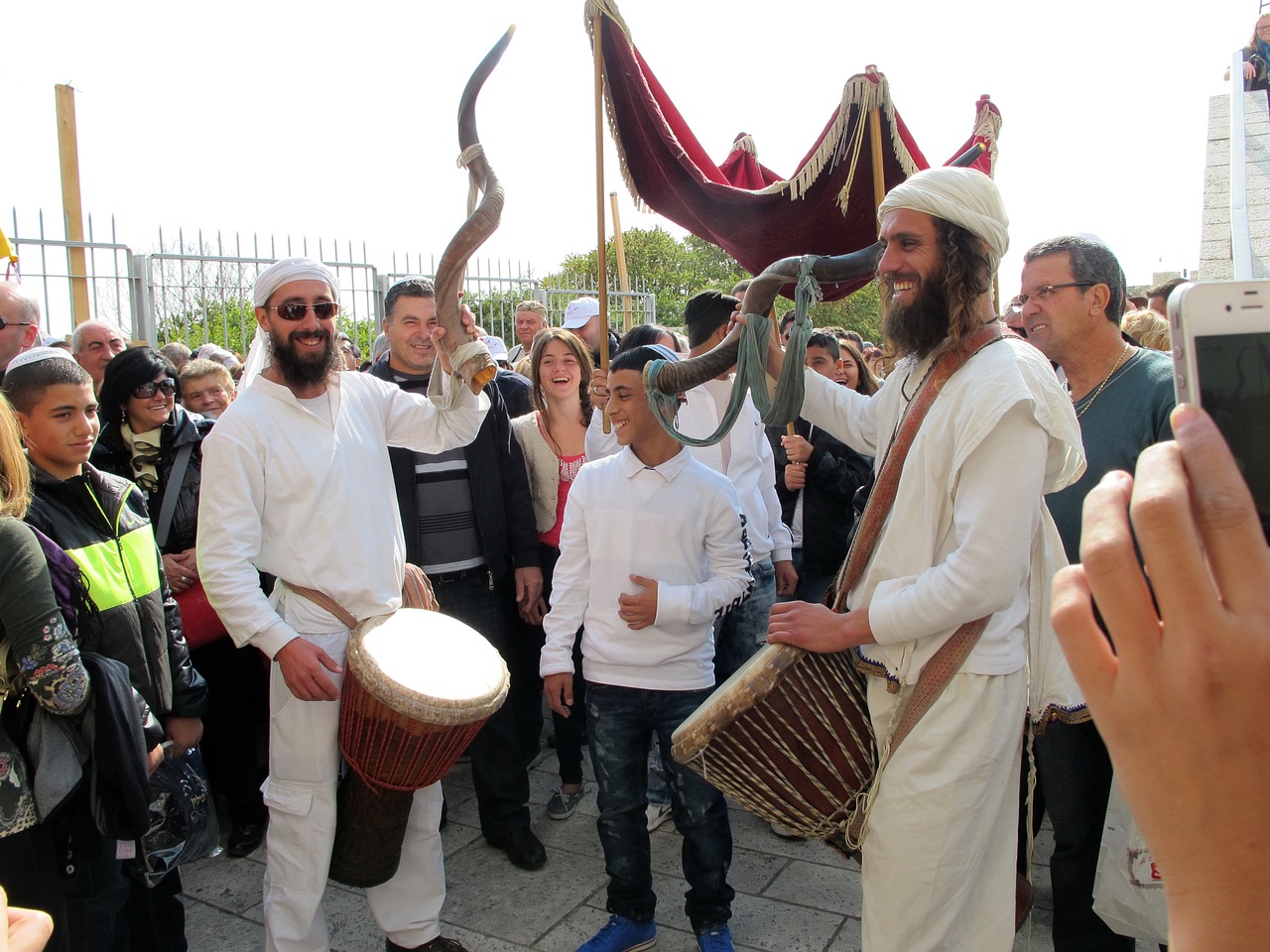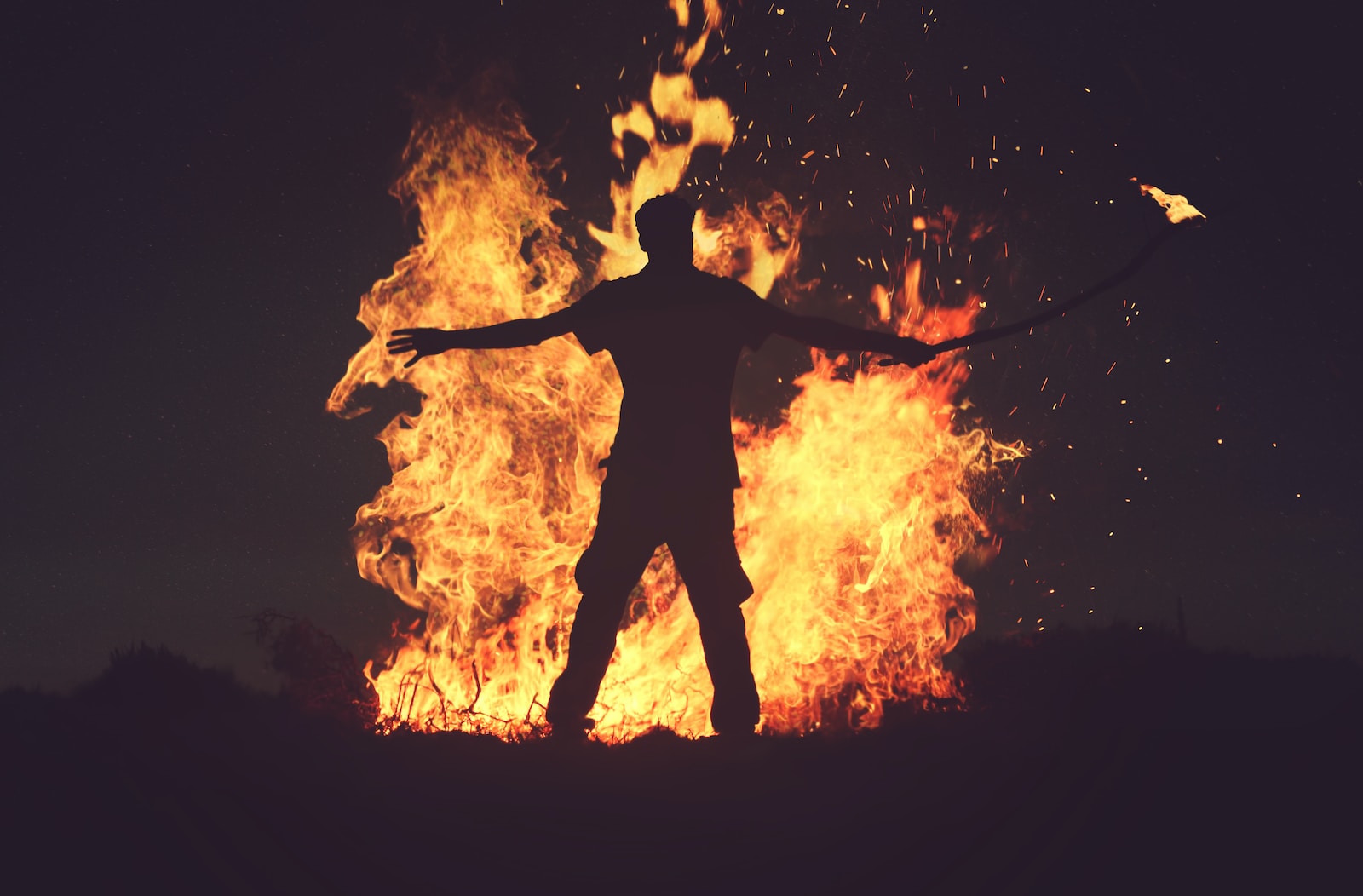The Siege of Katamon: A Heroic Stand in the 1948 Arab-Israeli War
An overview of the Battle for Katamon during the 1948 Arab-Israeli War, including the strategic significance of Katamon, the initial Israeli reentry, the fierce counter-attack, the sacrifice of the Palmach, capturing the monastery, the aftermath and historical impact, as well as the reflection and legacy of the battle.

Photo by Sander Crombach on Unsplash | Commercial use allowed
Overview of the Battle for Katamon during the 1948 Arab-Israeli War
The neighborhood of Katamon held significant strategic importance during the Independence War, as it was a key position in Jerusalem. Controlling Katamon was crucial for gaining an advantageous position in the city, and both Israeli and Arab forces recognized its strategic value. The battle for Katamon was a pivotal part of the larger conflict, with the control of this neighborhood being a significant objective for both sides. The possession of Katamon could potentially influence the control of Jerusalem, making it a highly contested area during the war.
Israeli forces initially failed to retake Katamon from the Arab forces, but they reentered the neighborhood in a subsequent attempt. The swift capture of the monastery, which served as the base of operations for the Arab forces, played a crucial role in the Israeli reentry. This strategic position provided Israeli forces with a foothold in Katamon, altering the course of the battle. The capture of the monastery was a turning point in the conflict, setting the stage for further developments in the battle for Katamon.
The monastery served as a key strategic position for the Arab forces, functioning as their base of operations in Katamon. Its capture by the Israeli troops not only disrupted the Arab forces’ command and control but also provided the Israeli forces with a strong defensive position. The importance of the monastery in the battle underscored its significance as a critical location in the conflict, shaping the events that unfolded during the battle for Katamon.
#TheBattleforKatamon, #IndependenceWar, #IsraeliForces, #JerusalemConflict, #ArabControlledTerritory, #StrategicLocation, #Palmach, #PlatoonCommanderRafulEitan, #CounterAttack, #SupplyShortages, #MiraculousVictory, #RetreatDecision, #ExplosiveRigging, #UnexpectedRadioMessage, #EnemyRetreat, #ReinforcementsArrival, #UnexplainedRecovery, #DivineIntervention, #IsraeliMilitaryHistory, #IndependenceWarBattles, #JerusalemBattles
The Initial Israeli Reentry
Israeli forces swiftly recaptured the monastery, a pivotal strategic location in Katamon, during the battle. The successful recapture of the monastery provided the Israeli troops with a significant advantage, enabling them to establish a stronghold in the neighborhood. The capture of the monastery played a decisive role in altering the balance of power in Katamon, marking a crucial moment in the battle.
Following the Israeli recapture of the monastery, the Palmach faced a fierce counter-attack from the Arab forces. Despite the challenges posed by the Arab counter-attack, the Israeli forces managed to hold off the enemy, demonstrating resilience and determination in maintaining their position. The monastery’s capture was instrumental in the Israeli forces’ ability to repel the initial counter-attack, highlighting its strategic importance in the battle for Katamon.
 The Fierce Counter-Attack
The Fierce Counter-Attack
The Arab forces launched a fierce counter-attack, reinforcing their positions with heavy weaponry and additional troops. This intensified assault posed significant challenges for the Israeli troops, testing their resolve and combat capabilities. The intensity of the counter-attack underscored the ferocity of the battle for Katamon, as both sides fiercely contested control of the neighborhood.
The Israeli forces faced considerable difficulties during the fierce counter-attack, including dwindling supplies and numerous injuries, further complicating their position in Katamon. The sustained pressure from the Arab forces strained the Israeli troops, highlighting the arduous nature of the conflict. The impact of the counter-attack on the Israeli forces’ position in Katamon was substantial, as they grappled with the formidable challenge posed by the determined Arab forces.
The Sacrifice of the Palmach
As the Palmach faced diminishing supplies and a high number of casualties, including Platoon Commander Raful Eitan who was critically injured, the decision to retreat became imperative. However, the principle of leaving no soldier behind for potential torture and mutilation presented a harrowing dilemma. In a courageous and selfless act, those wounded who could not be evacuated were placed in a room rigged with explosives, ensuring that they would not fall into enemy hands. The sacrifice of the wounded epitomized the unwavering commitment of the Palmach to uphold the principle of never abandoning their comrades, even in the face of adversity.
The decision to rig a room with explosives at the monastery exemplified the profound sacrifices made by the Palmach during the Battle for Katamon. It reflected the unwavering dedication of the Israeli troops to uphold their values and protect their comrades, even in the most challenging and harrowing circumstances. The solemn decision underscored the profound sense of camaraderie and sacrifice that defined the actions of the Palmach during the battle.
 Capturing the Monastery
Capturing the Monastery
The capture of the monastery by the Israeli troops marked a pivotal moment in the battle, significantly impacting the course of the conflict. The successful capture of this strategic position bolstered the Israeli forces’ defensive capabilities and disrupted the Arab forces’ operational effectiveness. The monastery’s capture played a crucial role in shaping the events that followed, influencing the overall trajectory of the battle for Katamon.
The impact of capturing the monastery reverberated throughout the battle, providing the Israeli forces with a critical advantage and altering the dynamics of the conflict. The strategic significance of the monastery’s capture underscored its pivotal role in the battle for Katamon, underscoring its profound impact on the course of the conflict.
The Aftermath and Historical Impact
The Battle for Katamon had significant consequences for the overall Independence War, shaping the broader context of the conflict. The heroic sacrifices and unwavering determination displayed by the Palmach during the battle left a lasting imprint on the historical narrative of the war. The enduring legacy of the Battle for Katamon resonated beyond the immediate military context, influencing the collective memory of the Independence War and its significance in Israeli history.
The Battle for Katamon unfolded within the broader historical and geopolitical contexts of the 1948 Arab-Israeli War, leaving a profound impact on the IDF and Israeli society. The courageous actions and sacrifices made by the Palmach in Katamon became emblematic of the steadfast resolve and resilience displayed by the Israeli forces during the war. The battle’s historical and geopolitical significance extended beyond its immediate military implications, shaping the broader narrative of the Independence War and its enduring legacy in Israeli history.
 Reflection and Legacy of the Battle for Katamon
Reflection and Legacy of the Battle for Katamon
The Battle for Katamon left a lasting legacy, exemplifying the indomitable spirit and unwavering commitment of the Israeli forces during the Independence War. The heroic sacrifices made by the Palmach in the face of formidable challenges underscored the enduring impact of their actions on the course of the conflict. The Battle for Katamon became a symbol of resilience and determination, reflecting the profound courage and dedication of the Israeli troops in the face of adversity.
The Battle for Katamon’s legacy endured as a testament to the enduring spirit of the Israeli forces and the sacrifices made during the Independence War. The heroic actions and unwavering resolve displayed by the Palmach in Katamon became an integral part of the historical narrative, leaving an indelible mark on the collective memory of the war and its significance in Israeli history. The Battle for Katamon stood as a poignant reminder of the enduring legacy of courage and sacrifice that defined the struggle for independence during the 1948 Arab-Israeli War.


